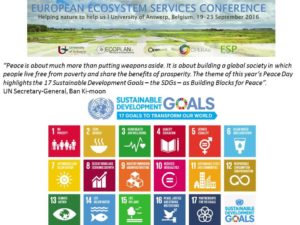 Giacomo was the chair of the session “Ecosystem Services for Sustainable Development Goals from around the globe”, with the co-host SoEun Ahn, from the Korean Environmental Institute.
Giacomo was the chair of the session “Ecosystem Services for Sustainable Development Goals from around the globe”, with the co-host SoEun Ahn, from the Korean Environmental Institute.
At the United Nations Sustainable Development Summit on 25 September 2015, world leaders adopted the 2030 Agenda for Sustainable Development, which includes a set of 17 Sustainable Development Goals (SDGs) to end poverty, fight inequality and injustice, and tackle climate change by 2030. The SDGs aimed at an array of issues that included slashing poverty, hunger, disease, gender inequality, sustainable cities and communities, sustainable terrestrial and aquatics ecosystems and access to water and sanitation.
Ecosystem Services (ES) studies and analysis can play an important role in the implementation of the SDGs, in different contexts, including developed and developing countries. The inclusion of ES in national and international policies, in fact, can support governments, international institutions, academia, civil society, national and local stakeholders to better understand and give value to nature and ecosystems.
This session, took place during the international peace’s day[G1] , proposed discussions on the contribution of ES to the challenges launched with the 2030 Agenda. The session hosted case studies and speakers from Europe, Asia and Africa. The presentations included topics such as agriculture, ecosystem services evaluation, freshwater ecosystem services assessment, and others.
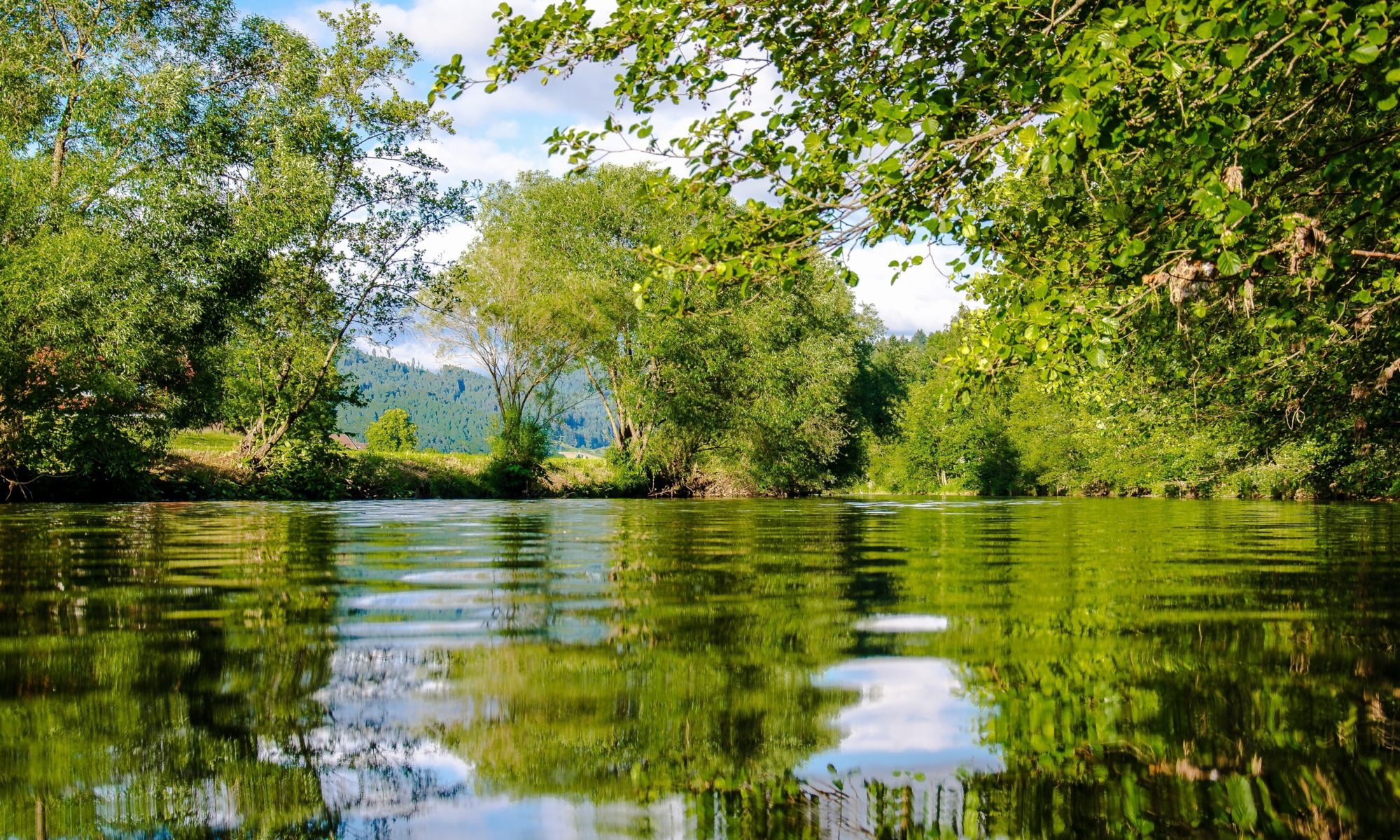
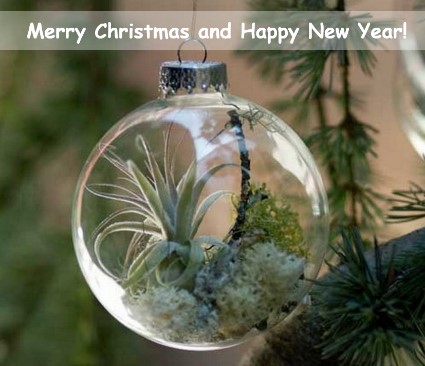
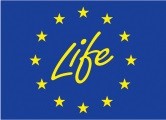
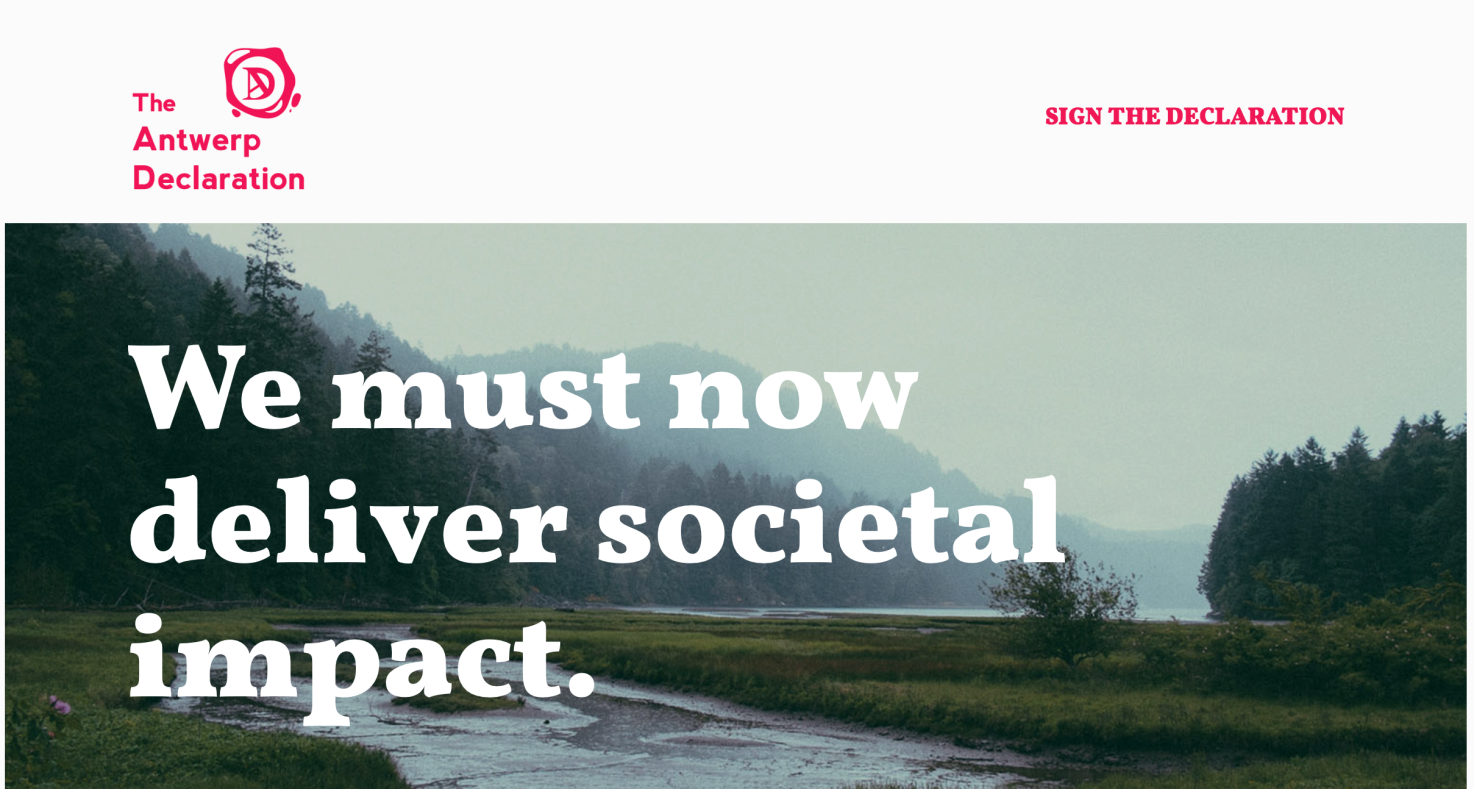
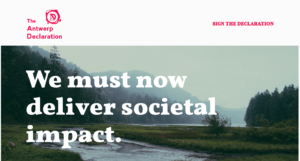

 Giacomo was the chair of the session “Ecosystem Services for Sustainable Development Goals from around the globe”, with the co-host SoEun Ahn, from the Korean Environmental Institute.
Giacomo was the chair of the session “Ecosystem Services for Sustainable Development Goals from around the globe”, with the co-host SoEun Ahn, from the Korean Environmental Institute.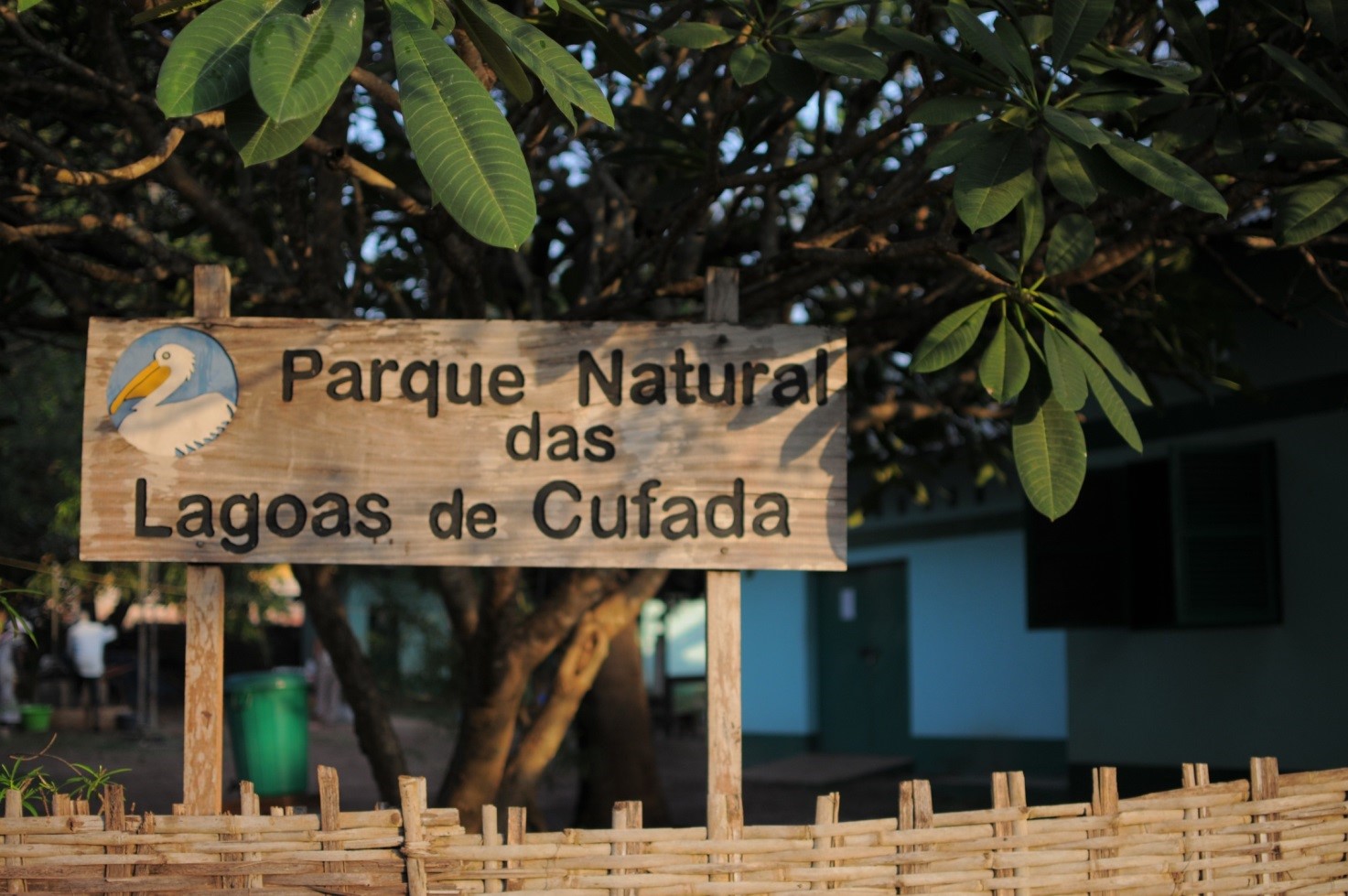
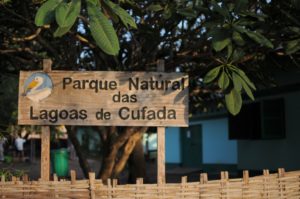 This presentation intends to provide an overview of the guidelines to apply the Economic Environmental Evaluation (EEE) in Guinee-Bissau, one of the poorest countries in the world, with a very low Human Development Index (HDI).
This presentation intends to provide an overview of the guidelines to apply the Economic Environmental Evaluation (EEE) in Guinee-Bissau, one of the poorest countries in the world, with a very low Human Development Index (HDI).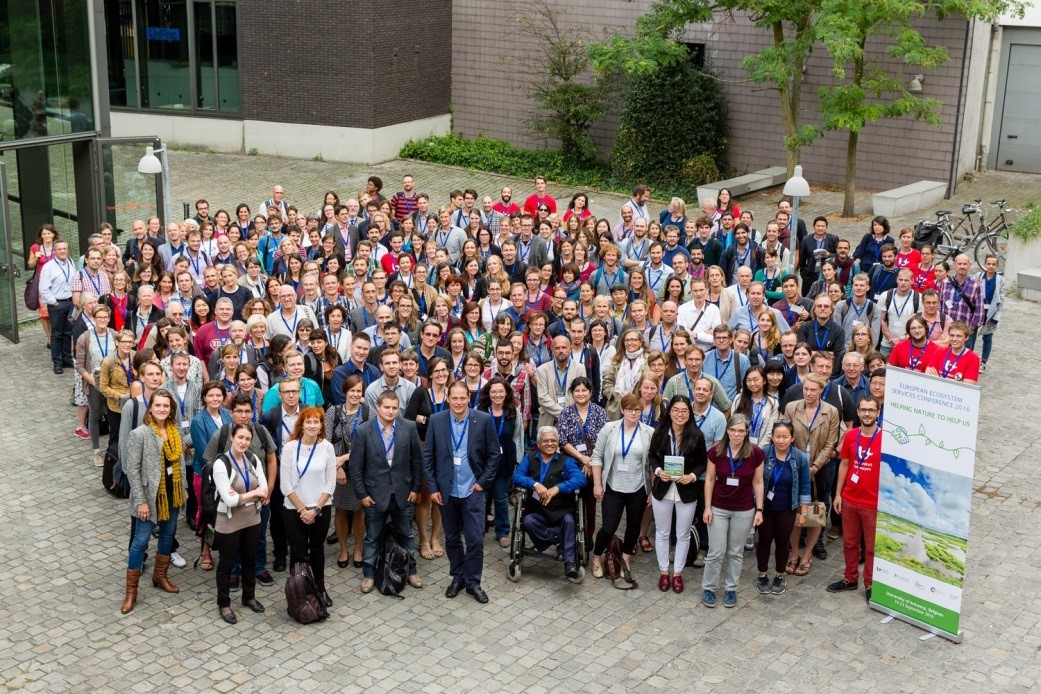


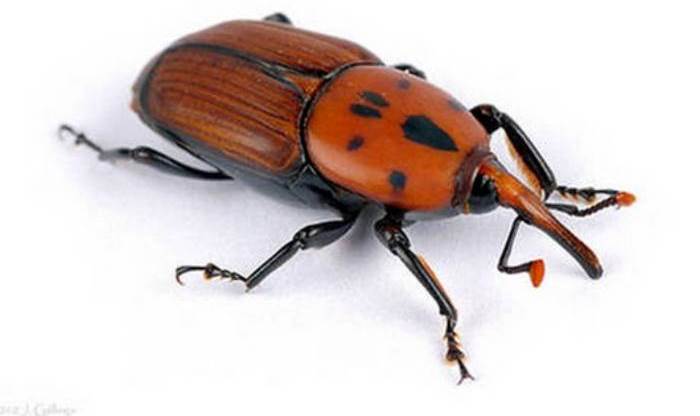
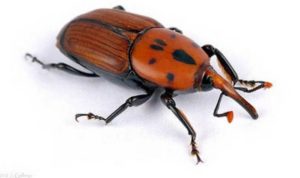 Alien Species Awareness Program (ASAP) LIFE Project was finance by European Commission.
Alien Species Awareness Program (ASAP) LIFE Project was finance by European Commission.

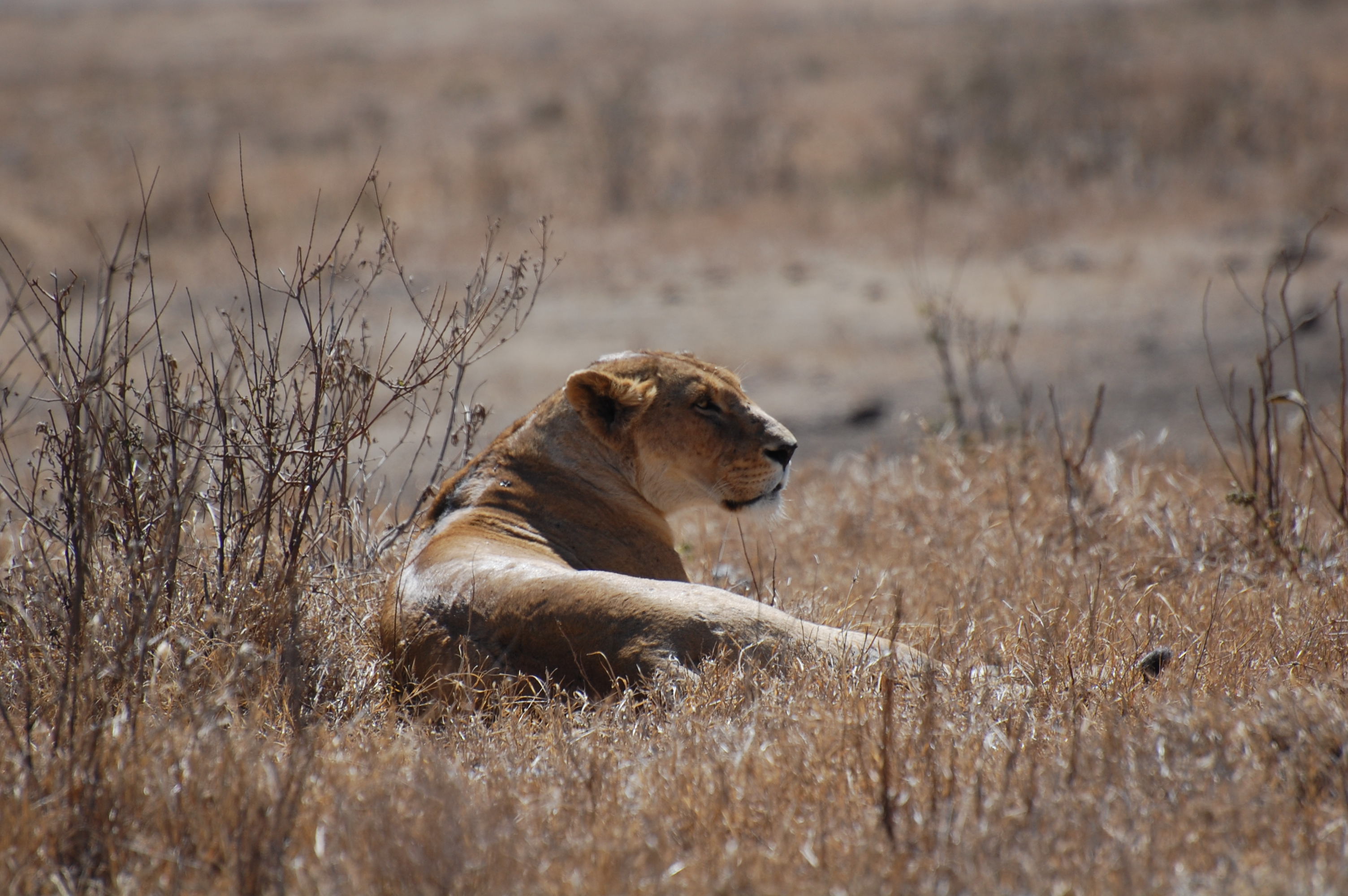
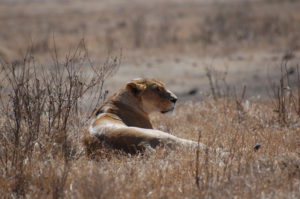 The Convention on Biological Diversity (CBD) recognizes that there are significant running costs associated with ensuring that protected areas (PAs) are effectively protected and the importance of the goal to ensure financial sustainability for biodiversity conservation policies.
The Convention on Biological Diversity (CBD) recognizes that there are significant running costs associated with ensuring that protected areas (PAs) are effectively protected and the importance of the goal to ensure financial sustainability for biodiversity conservation policies.